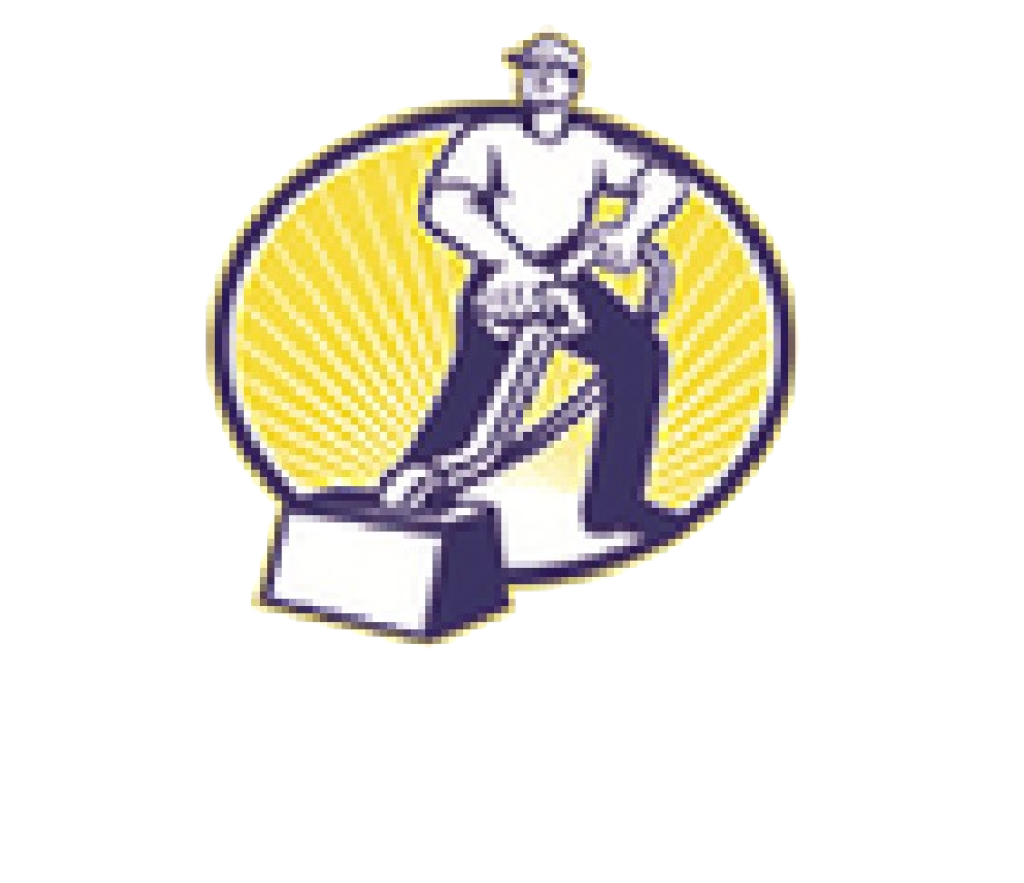Environmental abatement services are essential for reducing, eliminating, or controlling environmental pollutants that can have harmful effects on human health, wildlife, and ecosystems. These services address various forms of pollution, ranging from air and water contamination to hazardous waste management and noise control. By effectively managing these pollutants, environmental abatement helps mitigate the negative impact on the environment, promoting sustainability and improving overall quality of life.
In this article, we will explore the different types of environmental abatement services and how they contribute to a cleaner, healthier environment.
1. Air Pollution Abatement Services
Air pollution is one of the most significant environmental challenges, with pollutants like carbon monoxide, sulfur dioxide, nitrogen oxides, and particulate matter threatening both human health and the environment. Air pollution abatement services focus on reducing these harmful emissions and improving air quality. Some of the most common air pollution control measures include:
Filtration Systems
Filtration systems use various technologies such as HEPA filters or activated carbon filters to capture particles, dust, and gases in the air. These systems are commonly used in industrial facilities, clean rooms, and manufacturing plants to remove pollutants before they are released into the atmosphere.
Scrubbers
Scrubber systems are widely used to remove sulfur dioxide (SO2), volatile organic compounds (VOCs), and other gases from exhaust streams. These systems work by spraying a liquid, often water or a chemical solution, into the air stream to absorb pollutants.
Catalytic Converters
Commonly used in vehicles and industrial processes, catalytic converters help reduce the emission of harmful gases like carbon monoxide (CO), nitrogen oxides (NOx), and hydrocarbons (HC) by converting them into less harmful substances.
Electrostatic Precipitators
Electrostatic precipitators are used in industries such as power generation and manufacturing to remove dust, soot, and other particulate matter from the air. These devices use electrical fields to charge particles, which are then collected on plates or filters.
2. Water Pollution Abatement Services
Water pollution is a significant concern as it can harm aquatic ecosystems, wildlife, and public health. Water pollution abatement services aim to remove contaminants from surface water and groundwater sources. Some of the key services include:
Water Treatment and Filtration
Water treatment plants use a combination of physical, chemical, and biological processes to purify water for drinking, industrial use, and irrigation. These processes include filtration, flocculation, coagulation, and disinfection to remove contaminants such as bacteria, heavy metals, and organic pollutants.
Oil Spill Cleanup
Oil spills can cause catastrophic damage to marine and freshwater environments. Specialized services are available to clean up oil spills using methods like skimming, burning, and chemical dispersants. These services help reduce the environmental impact of spills, preventing further contamination of water sources.
Sediment Control
Erosion and sedimentation can lead to water pollution when contaminants such as pesticides, fertilizers, and heavy metals are carried into rivers and streams. Sediment control services focus on managing runoff and stabilizing soil to prevent contamination of water bodies.
Wastewater Treatment
Wastewater treatment involves removing pollutants from used water from households, industries, and agriculture before releasing it back into the environment. Wastewater treatment services typically involve a multi-step process, including primary, secondary, and tertiary treatment to remove solids, bacteria, and other harmful substances.
3. Soil Remediation and Waste Abatement Services
Soil contamination from hazardous chemicals, heavy metals, and waste can harm plant and animal life, as well as the people who rely on the land for farming or recreation. Soil remediation services help restore contaminated land by removing or neutralizing harmful substances. Common soil remediation methods include:
Excavation and Disposal
In cases of severe contamination, soil excavation and disposal may be necessary. This process involves digging up contaminated soil, transporting it to a designated disposal site, and replacing it with clean soil.
Bioremediation
Bioremediation uses microorganisms or plants to break down harmful chemicals and pollutants in the soil. This process is often used to treat petroleum hydrocarbons, pesticides, and other organic contaminants. It is an environmentally friendly and cost-effective solution for restoring polluted land.
In-Situ Remediation
In-situ remediation involves treating contaminated soil without removing it from the site. Techniques like soil vapor extraction and chemical injection can help break down or remove pollutants, allowing the soil to be restored in place.
Hazardous Waste Management
Proper hazardous waste management is crucial to preventing soil contamination and protecting public health. Waste abatement services include the safe collection, transportation, treatment, and disposal of hazardous materials, ensuring compliance with environmental regulations.
4. Noise Pollution Abatement Services
Noise pollution can cause a range of health problems, including stress, hearing loss, and sleep disturbances. It is often generated by industrial machinery, traffic, and construction activities. Noise pollution abatement services are designed to reduce unwanted sound levels and minimize their impact on people and wildlife. Some of the methods include:
Sound Barriers
Sound barriers are structures, such as walls or fences, that are placed along roads, highways, or around industrial areas to block or absorb noise. These barriers help reduce the transmission of sound to surrounding communities and habitats.
Acoustic Insulation
Acoustic insulation is used in buildings to minimize the amount of noise that enters or exits a structure. This can involve installing soundproof windows, doors, walls, and ceilings to reduce noise from traffic, industrial sites, or nearby construction projects.
Vibration Control
Vibration control services focus on reducing the transmission of vibrations caused by heavy machinery, transportation, and construction activities. Vibration dampening techniques, such as the use of isolators or rubber mats, can be used to prevent vibrations from disturbing nearby buildings and structures.
Regulation of Industrial Noise
Many industries implement noise control measures, such as mufflers, silencers, and quieter machinery, to comply with noise regulations and reduce their impact on the surrounding environment. These measures can also improve worker safety and productivity.
5. Greenhouse Gas (GHG) Emissions Abatement Services
As climate change continues to be a major global concern, reducing greenhouse gas (GHG) emissions has become a priority for industries and governments. GHG emissions abatement services focus on reducing or capturing carbon dioxide (CO2), methane (CH4), and other GHGs from various sources, including power plants, industrial facilities, and transportation. Common methods include:
Carbon Capture and Storage (CCS)
CCS technology captures CO2 emissions from industrial facilities, power plants, or other large sources of GHGs and stores them underground to prevent them from entering the atmosphere. This process helps reduce the overall carbon footprint of large-scale industrial operations.
Energy Efficiency Solutions
Improving energy efficiency is an effective way to reduce GHG emissions. Services that focus on optimizing energy use in buildings, manufacturing processes, and transportation can help minimize energy consumption and lower overall emissions.
Renewable Energy Solutions
Transitioning from fossil fuels to renewable energy sources such as solar, wind, and hydropower is a key strategy for reducing GHG emissions. Many companies offer consulting and installation services to help businesses and governments adopt cleaner energy alternatives.
Carbon Offsetting
Carbon offset programs allow businesses and individuals to compensate for their carbon emissions by investing in projects that reduce or capture an equivalent amount of CO2, such as reforestation or renewable energy initiatives.
Conclusion
Environmental abatement services are essential for managing and mitigating the impacts of pollution on human health and the planet. From air and water pollution control to soil remediation and noise reduction, these services help create cleaner, safer environments for people and wildlife. By addressing various forms of pollution and implementing sustainable practices, environmental abatement plays a key role in preserving natural resources, promoting public health, and contributing to the fight against climate change. Whether it’s through air filtration, waste management, or energy efficiency, environmental abatement services are vital for building a more sustainable future for generations to come.
FAQS
1. What is environmental abatement?
It is the process of removing or reducing pollutants from air, water, soil, and other environmental sources.
2. What are the main types of abatement services?
They include air pollution control, water treatment, soil remediation, hazardous waste management, and noise pollution reduction.
3. How does air pollution abatement work?
It involves using filtration systems, scrubbers, and catalytic converters to remove harmful emissions.
4. What is water pollution abatement?
It includes wastewater treatment, oil spill cleanup, and sediment control to protect water sources.
5. How is soil contamination addressed?
Through excavation, bioremediation, and chemical treatments to remove hazardous substances.

